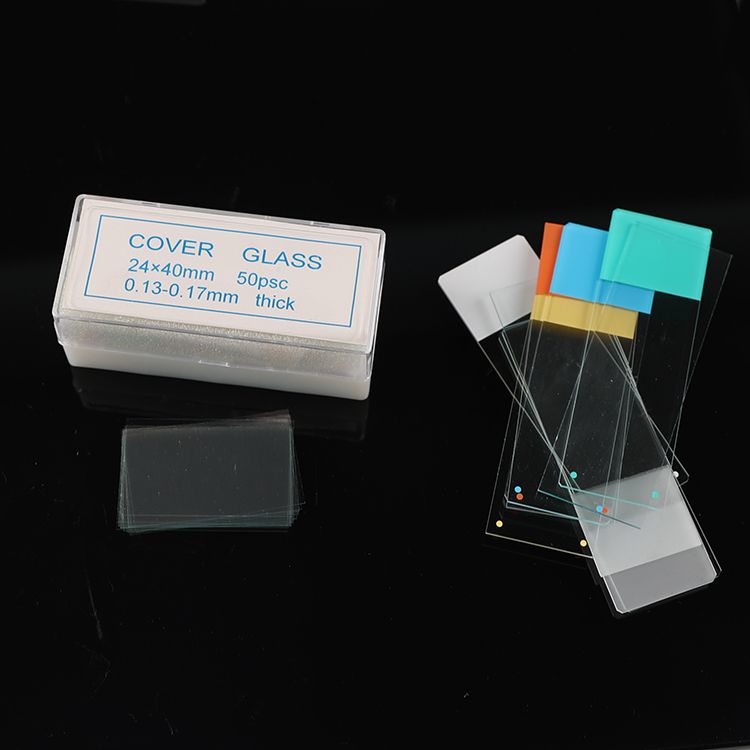With the continuous development of aerospace manufacturing technology, composite materials have been widely used for their high specific strength, specific stiffness and good fatigue resistance and corrosion resistance. Due to the many factors affecting the structural integrity of composite materials, many small differences in process parameters can lead to defects, resulting in significant dispersion of product quality, which seriously affect the mechanical properties and integrity of the components, must be through non-destructive testing Identify the internal quality of the product to ensure product quality and meet design and usage requirements.
Non-destructive testing of in-service aircraft is a necessary means of ensuring flight safety and is particularly important for composite parts. The detection of composite parts in service aircraft is quite different from that in manufacturing. Its characteristics are:
(1) In-position detection, that is, the detection object does not move, the detection is performed around the detection object, and the detection devices are all mobile or portable detection devices;
(2) The objects to be inspected are all parts, mostly hollow structures, and can only be tested from the outside with one side;
(3) Outfield testing, many aerial operations, and inconvenient testing.
Aviation composite structure types and their defects
The composite materials commonly used in aviation structures mainly include fiber reinforced resin laminate structure and sandwich structure. The fiber reinforced resin laminate structure is further divided into carbon fiber reinforced resin structure (CFRP) and glass fiber reinforced resin structure (GFRP) according to different materials; the sandwich structure is mainly honeycomb sandwich structure, foam sandwich structure and a small amount of glass beads. Sandwich structure.
Composite components tend to be damaged or destroyed by stress or environmental factors during use. There are big differences in the generation and expansion of composite damage and the damage propagation law of metal structures. After the damage spreads to a certain scale, it will rapidly expand and cause structural failure. Therefore, the detection of composite materials during use will appear. It is extremely important and is getting more and more attention.
1 Major defects in fiber reinforced resin laminate structure
Fiber reinforced resin laminate structure often has defects due to process reasons during the molding process. The randomness of human operation may cause defects such as inclusions and layup errors. If the curing process is not good, defects such as excessive porosity, delamination and degumming may occur. In the hole making process and assembly, layering defects of the hole edge will be formed; in use, due to the combined effects of environmental factors such as load, vibration, wet heat acid and alkali, the initial defects (such as delamination, degumming) may be expanded and layered. New damage and damage such as degumming and breaking.
2 Major defects in the sandwich structure
During the molding process, the sandwich structure may also have certain defects due to process reasons; for operation errors, etc., deformation of the honeycomb core, disconnection of the node, weak bonding due to the low core of the honeycomb core, and the like, the curing process is not good. It will lead to local defects such as poor gel or rich rubber, weak bonding, and styrofoam voids; in use, it will lead to the expansion and degumming of initial defects (such as weak degumming), new damage and damage such as degumming, water ingress, and honeycomb core collapse. happened. Foam sandwich structures can cause defects such as degumming, core cracking, and the like.
Next page
The cover glass is covered on the material on the glass slide, which can avoid the contact between the liquid and the objective lens, so as not to contaminate the lens, and can make the top of the observed cells in the same plane, that is, the distance from the objective lens is the same, so that the observed Images are clearer.Why do you need a coverslip when using a microscope
1. Make the object to be observed form a thin film, which is easy to transmit light and easy to observe;2. Make the specimen relatively fixed;
3. It is convenient to use the capillary phenomenon to form a gradient when adding various reagents (staining agent, acid, salt solution);
4. Avoid contamination of the specimen.
The purpose of staining the specimen with iodine solution is to make the cells more obvious under the microscope, and it can also kill the cells and prevent the cells from migrating.

microscope cover slip,cover slip microscope,microscope slide cover,microscope cover glass
Yong Yue Medical Technology(Kunshan) Co.,Ltd , https://www.yongyuetube.com
